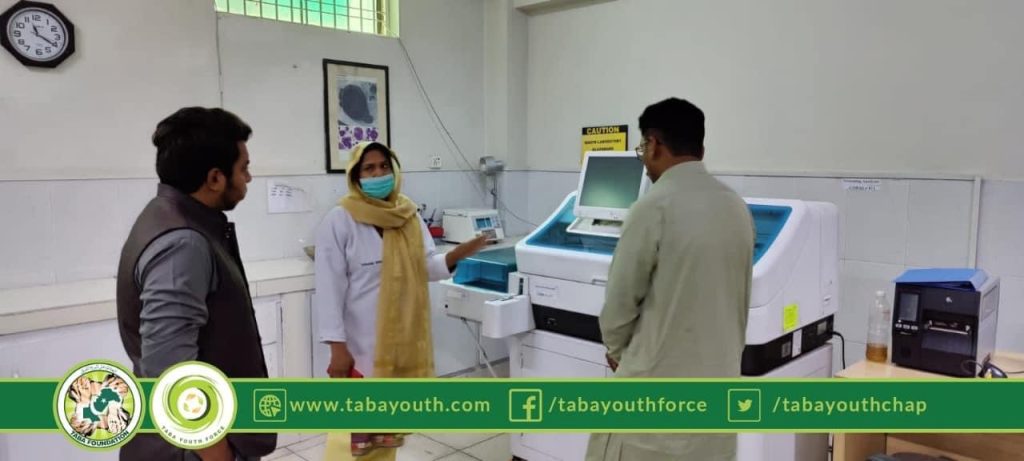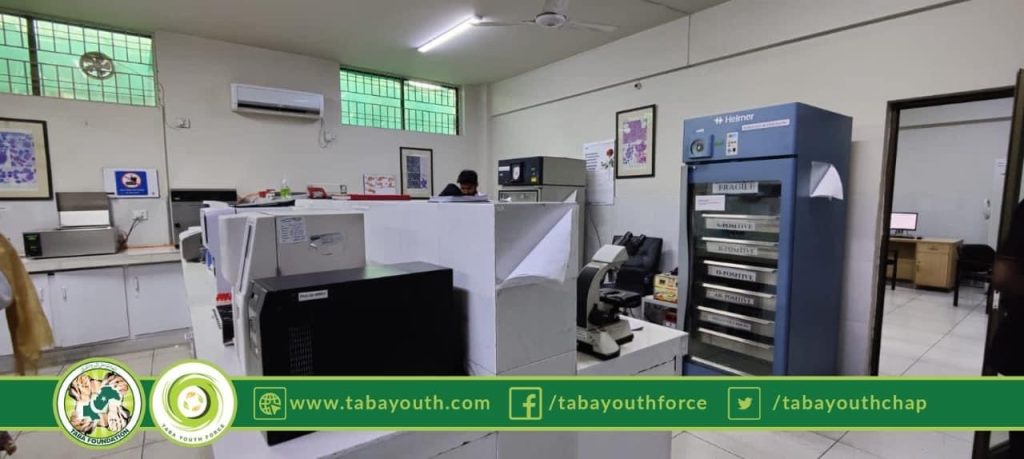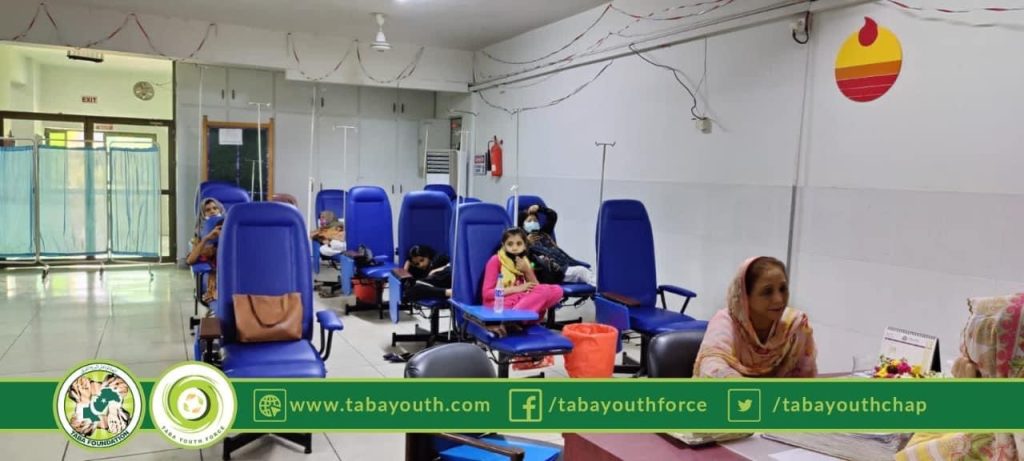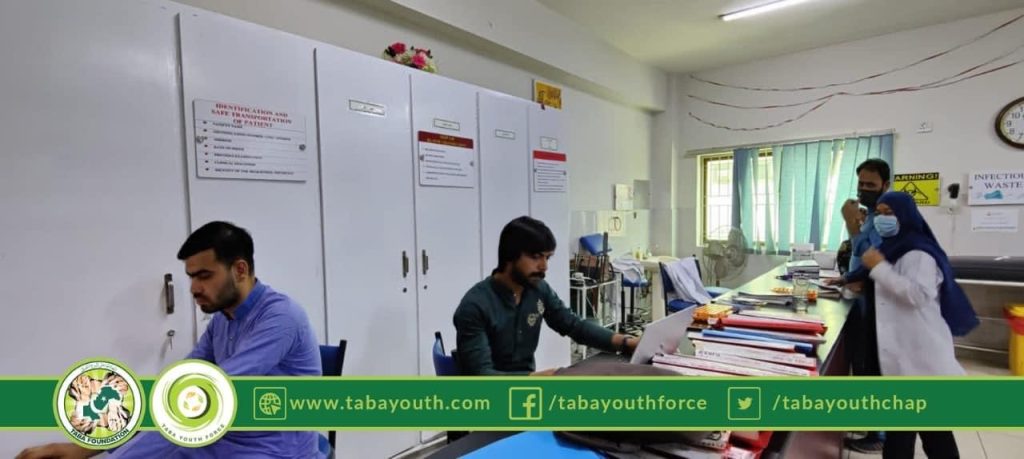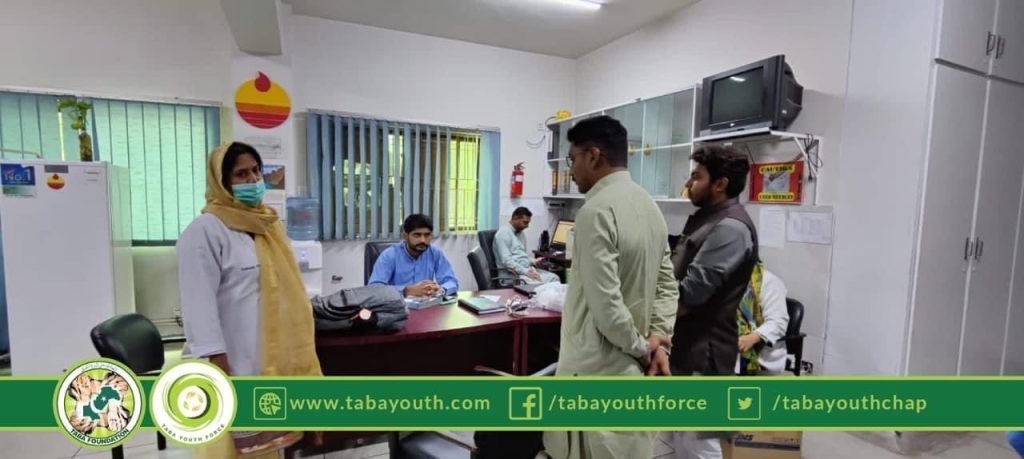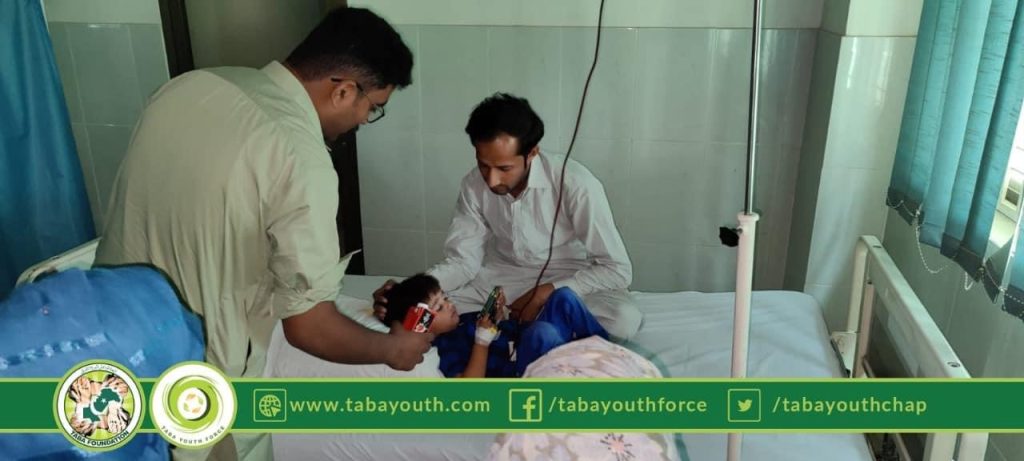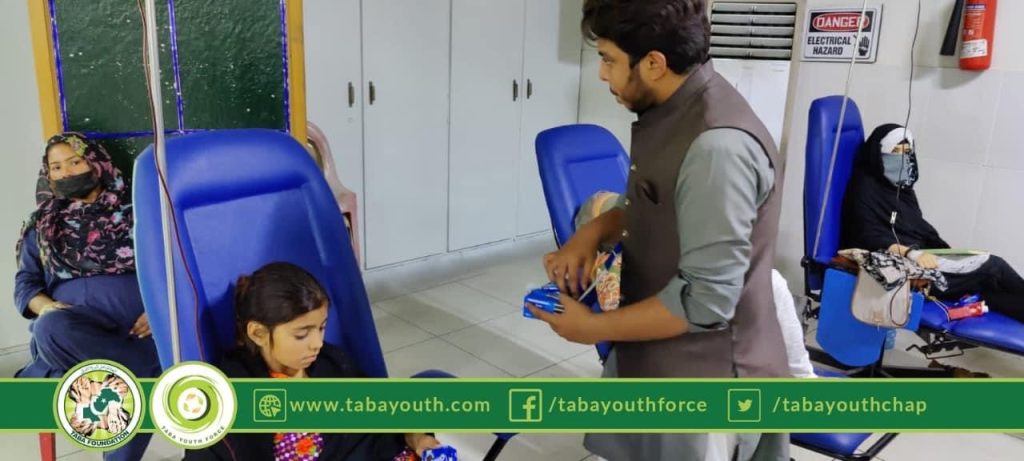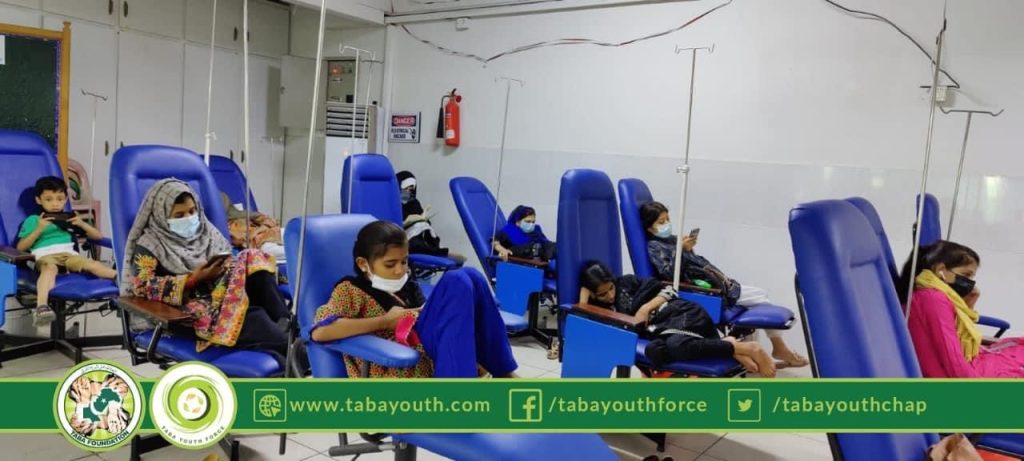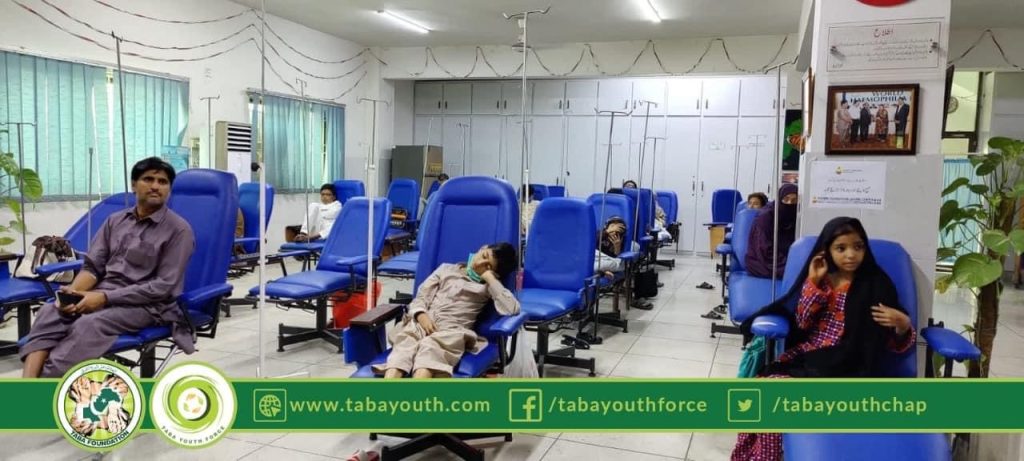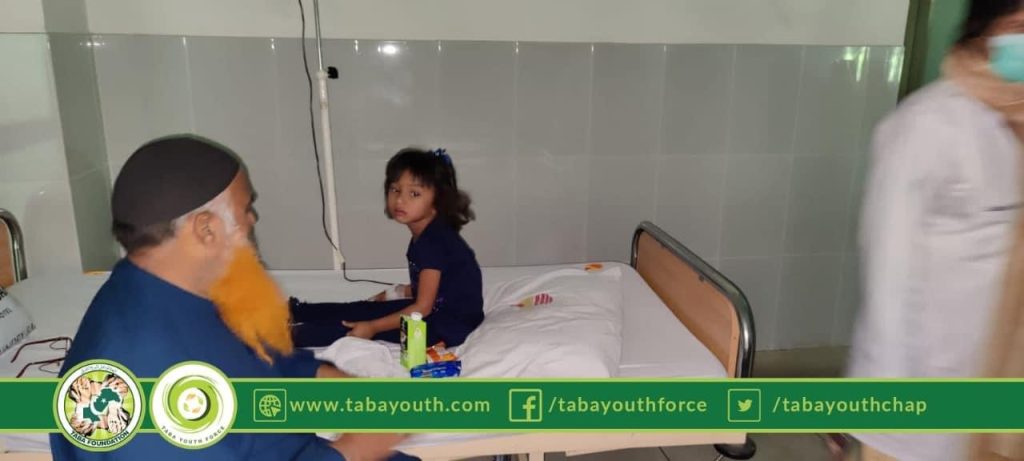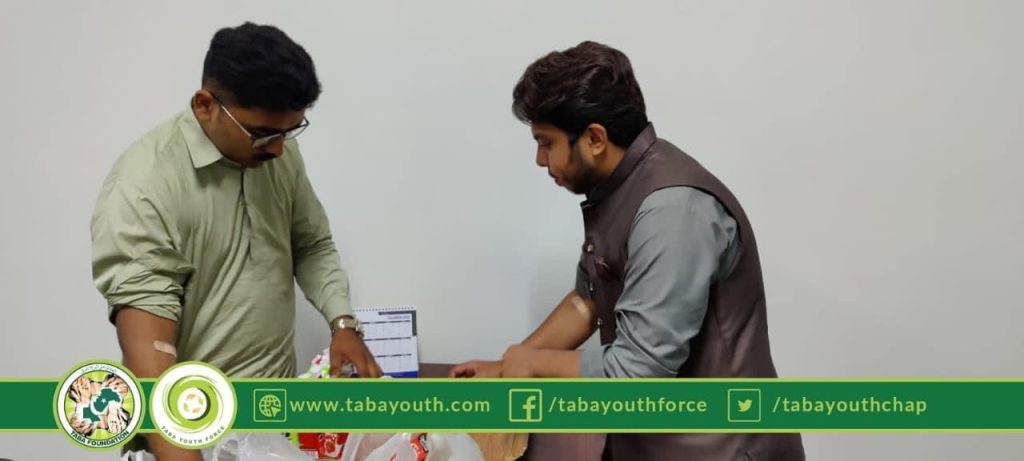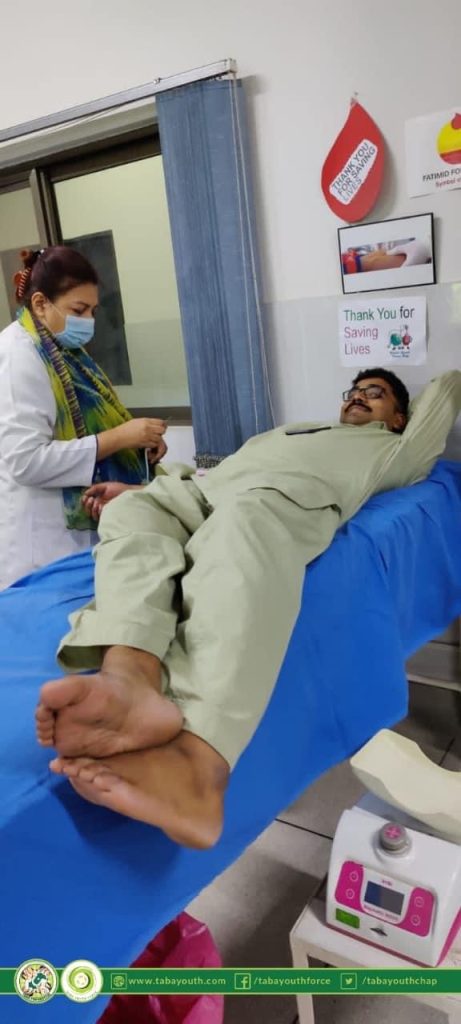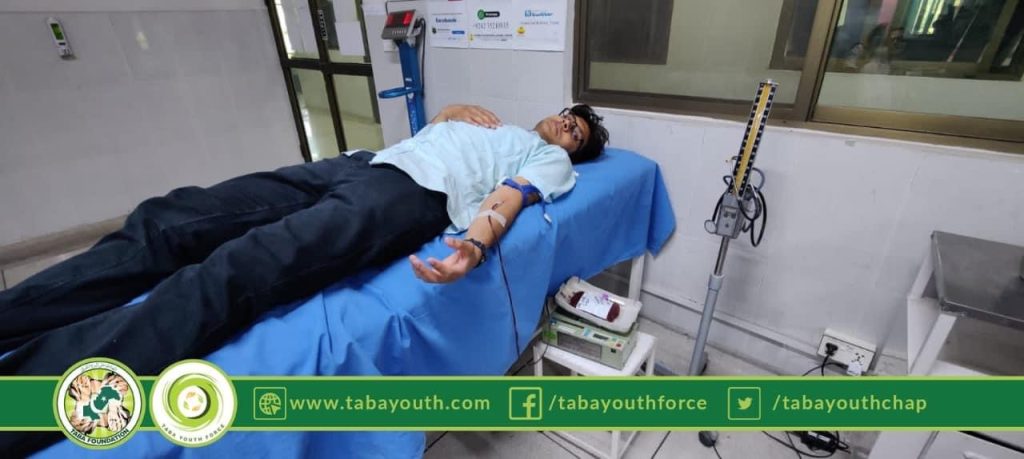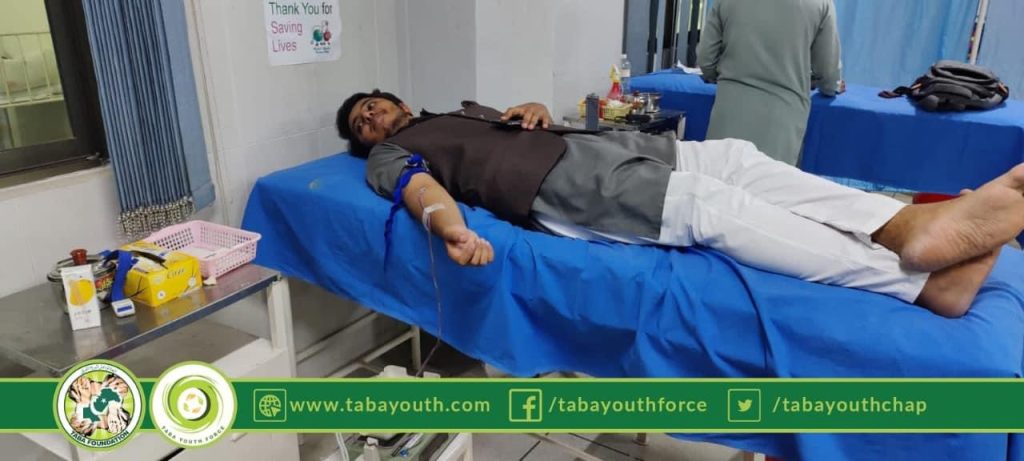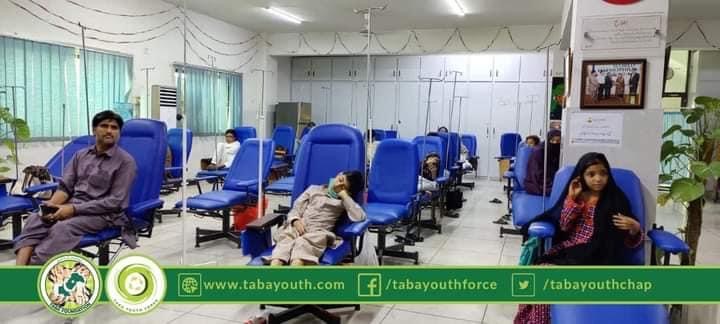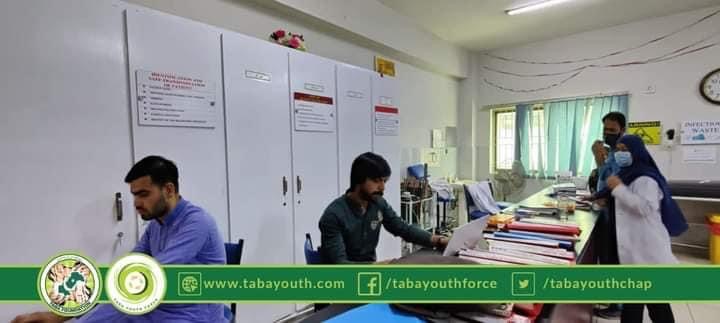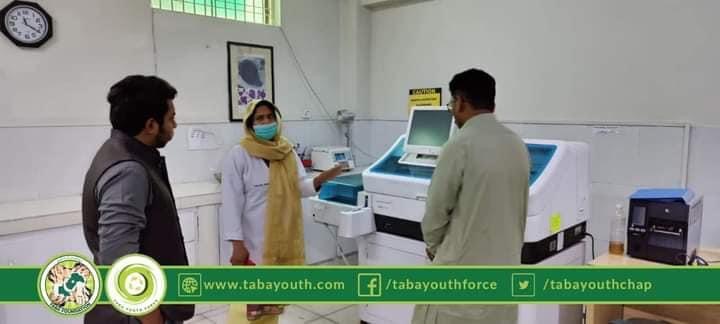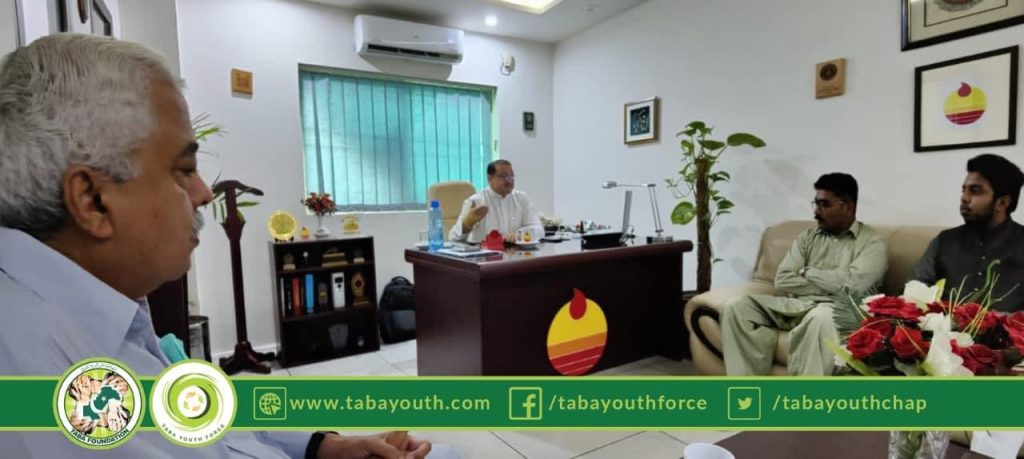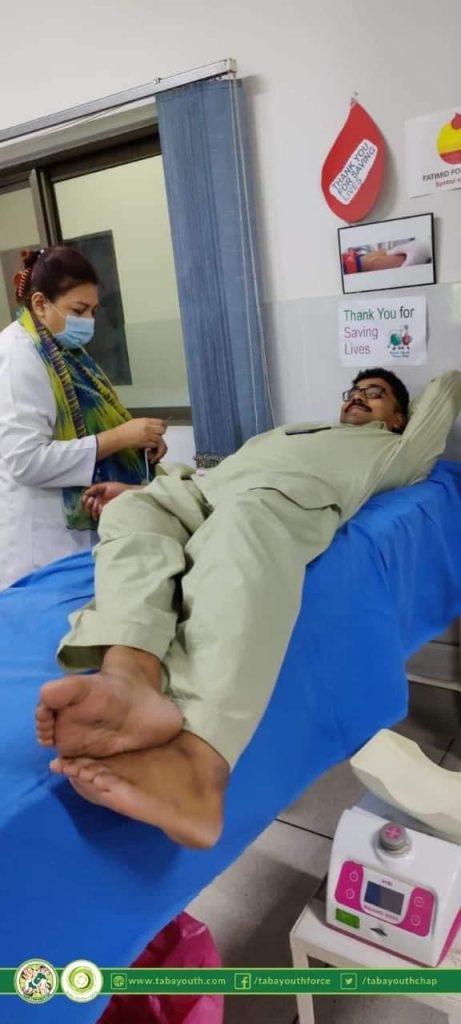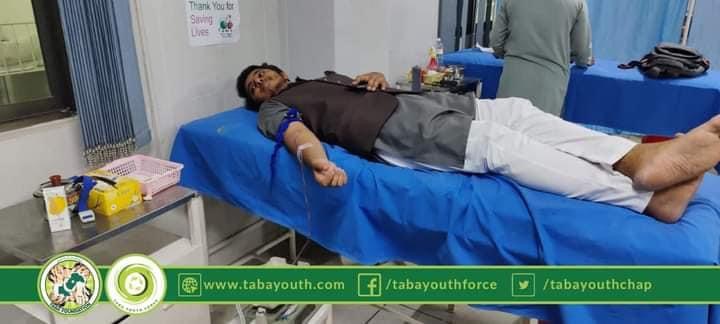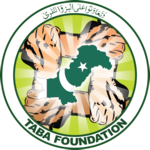- Year 2022
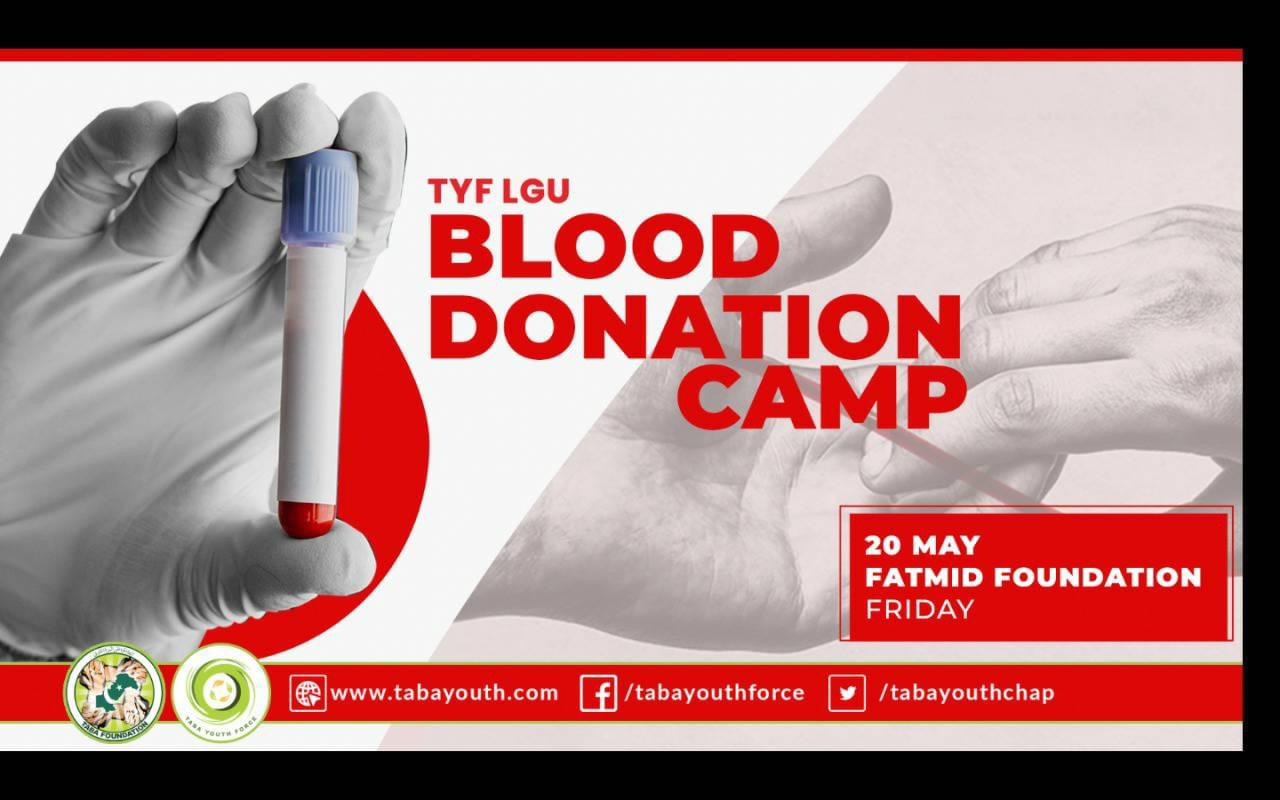
Naimunnaseer Welfare Trust (NNWT) has a distinguished record of providing comprehensive and timely earthquake relief to communities devastated by seismic disasters. The Trust’s strategic and empathetic approach ensures that both immediate needs and long-term recovery are addressed effectively. Here are detailed accounts of NNWT’s significant earthquake relief efforts:
1. Baluchistan Earthquake 2013
Following the catastrophic earthquake in Baluchistan in 2013, NNWT promptly organized a strategic response meeting in Lahore with representatives from various trusts. Key participants included Dr. Rizwan Naseer from Rescue 1122, whose expertise in disaster management was invaluable.
- Provision of Tents and Ration Packs: NNWT committed substantial resources, including 25 tents and 100 ration packs, valued at approximately PKR 325,000. These supplies were crucial for providing immediate shelter and sustenance to families rendered homeless by the earthquake.
- Collaboration with Local Authorities: The Trust worked closely with local authorities and other non-governmental organizations to ensure a coordinated and efficient distribution of aid, maximizing the impact of their efforts.
2. KPK Earthquake 2015
The 2015 earthquake in Khyber Pakhtunkhwa (KPK) had a devastating impact, particularly in District Shangla, Tehsil Alpuri. NNWT’s response was swift and multifaceted, focusing on both immediate relief and long-term rehabilitation.
- Warm Clothing and Bedding Distribution: With the harsh winter approaching, NNWT prioritized the distribution of warm clothing, bedding, and essential ration packs to ensure that affected families could survive the cold conditions.
- Tent Village Establishment: A Tent Village was established at Dhaeri, Tehsil Alpuri, providing temporary shelters equipped with food, clothing, and health facilities. This initiative was critical in preventing further hardship and disease among the displaced population.
Collaborative Efforts:
- Partnership with Pakistan Navy: NNWT collaborated with the Pakistan Navy to enhance the efficiency and reach of their relief efforts. This partnership facilitated the rapid delivery of supplies and the establishment of medical camps, demonstrating a unified national response.
- Volunteer Mobilization: The Trust mobilized a dedicated team of volunteers who braved adverse weather conditions and challenging terrains to deliver aid. These volunteers conducted detailed needs assessments, ensuring that the aid provided was tailored to the specific requirements of each community.
Long-term Rehabilitation:
- House Renovation Projects: NNWT undertook the renovation of 30 damaged houses, enabling families to return to safe and secure homes before the winter set in. This initiative was pivotal in restoring a sense of normalcy and stability for the affected families.
- Construction of Temporary Shelters: In areas where immediate house repairs were not feasible, NNWT facilitated the construction of temporary shelters. These structures provided essential protection and comfort, allowing families to rebuild their lives with dignity.
Community Engagement and Support:
- Medical Camps: NNWT set up medical camps in the affected areas to address the immediate health needs of the survivors. These camps offered basic healthcare services, vaccinations, and emergency medical treatment, preventing the outbreak of diseases.
- Psychosocial Support: Recognizing the trauma experienced by earthquake survivors, NNWT provided psychosocial support services. These included counseling sessions and community activities aimed at fostering resilience and mental well-being.
Impact and Legacy
NNWT’s earthquake relief efforts have had a profound and lasting impact on the communities they serve. By addressing both immediate needs and long-term recovery, the Trust ensures that affected families are not only supported in the aftermath of a disaster but are also empowered to rebuild their lives. The Trust’s commitment to thorough need assessments, strategic partnerships, and volunteer mobilization exemplifies their holistic approach to disaster relief.
